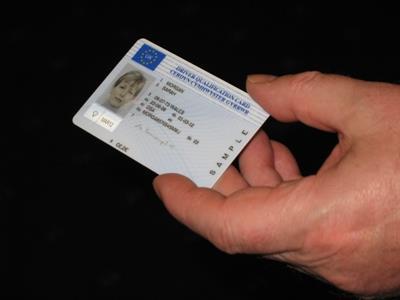
Looking at the latest Driver CPC figures, which show a steady progression for those with acquired rights, The Hub was nevertheless struck by the apparent paucity of new professionals joining the sector.
Skills for Logistics’ (SfL) A Looming Driver Shortage? report from last year set out the challenge facing the road transport industry: more than a quarter of LGV drivers are aged 60 or above, and just 1% under 25.
This means that in terms of drivers simply retiring in the next five years – irrespective of any impact next autumn of existing drivers deciding not to complete the required 35-hours of periodic training to continue working professionally – there will be a demand for 48,000 new drivers.
However the latest Driver CPC data from the DSA covering September reveals that since the start of the process in 2008 for PCV licence holders (and a year later for LGV licence holders), 63,675 Driver Qualification Cards (DQC) have been issued to date.
That may sound impressive in isolation but is of course for all new bus and coach drivers and truck drivers (as DSA does not separate the data), which have joined their respective industries since this date.
That’s around 12,735 DQC being issued each year (since 2008). SfL estimates there are 299,000 professional LGV licence holders. Recent employment data from the government puts the number of bus and coach drivers at 105,000.
So it’s not outrageous to suggest a third of these newly issued DQCs have gone to bus and coach drivers, which means an annual intake of new truck drivers to road transport of approaching 6,500.
Approximations these may be, but on paper that’s clearly lower than the 9,600 new drivers the industry will need simply to stand still as older truck drivers retire. It's also in keeping with the steady decline in LGV test figures.











